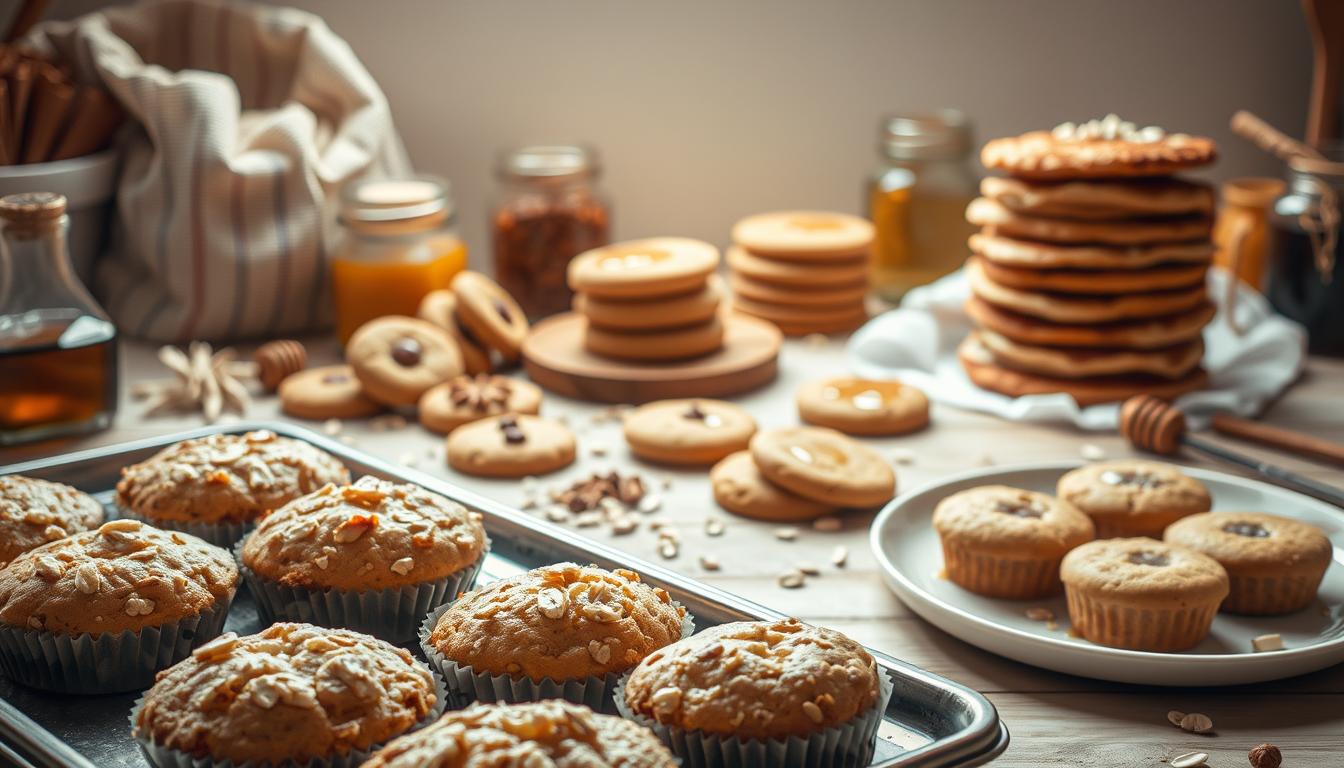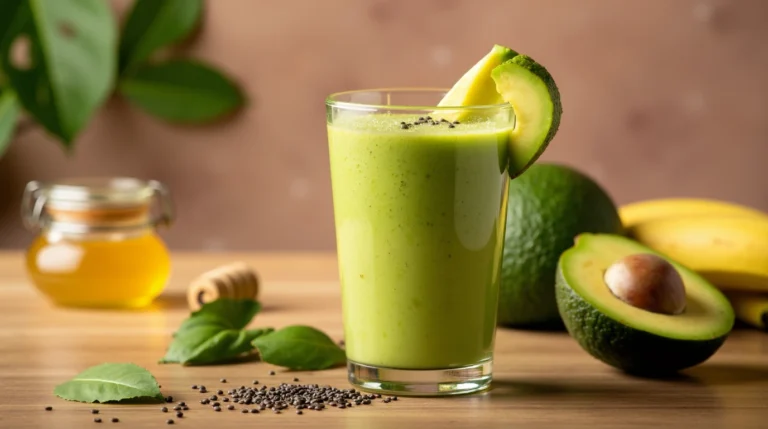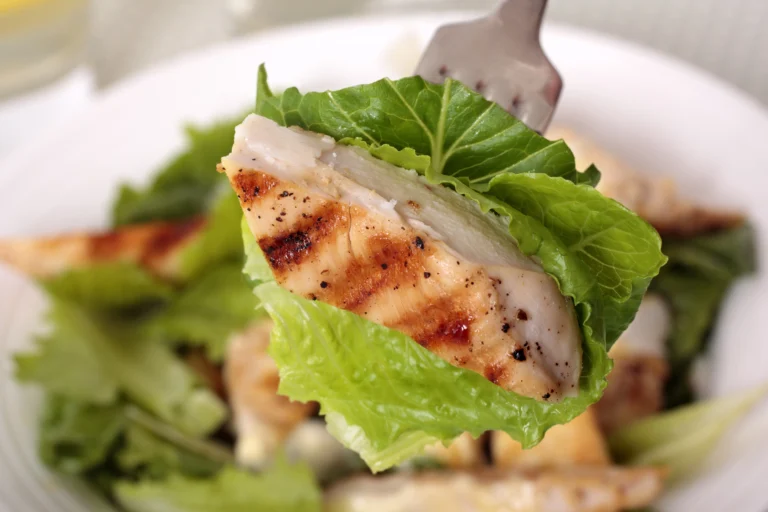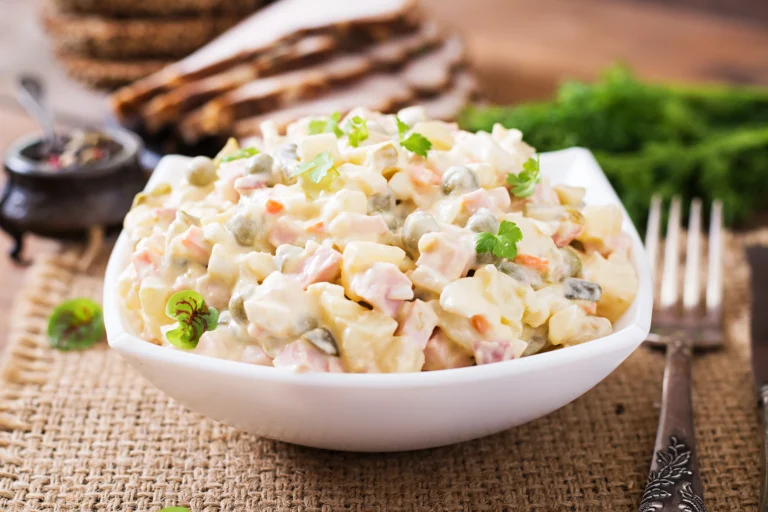Oat Flour Recipes: Healthy and Delicious Baking
Ever felt down after baking because the recipes were too heavy? Oat flour recipes might be the answer you’ve been looking for. I used to have trouble with digestion and gluten-free baking was always bland. But then I found oat flour, and it changed everything.
Oat flour makes gluten-free baking amazing, not just okay. It makes your baked goods soft and moist, just like with wheat. If you’re watching your diet or just want healthier treats, oat flour recipes are perfect. They’re both tasty and good for you.
Table of Contents
Key Takeaways
- Oat flour provides a nutritious alternative to traditional wheat flour
- Gluten-free baking can be both delicious and satisfying
- Homemade oat flour is easy to create with simple ingredients
- Versatile baking option for those with dietary restrictions
- Nutrient-dense ingredient that enhances overall recipe quality
Understanding Oat Flour and Its Benefits
Oatmeal flour is a top choice for healthy baking. It’s packed with nutrients, unlike regular wheat flour. It makes your cooking and baking better and healthier.
Oat flour is full of fiber, making it a great addition to your diet. Let’s look at why it’s so good for you.
Nutritional Powerhouse
Oat flour is loaded with nutrients. It’s a big nutritional boost for your meals. Here’s what it offers:
- 13.2g of protein per 100g
- 10.1g of dietary fiber
- Rich in minerals like magnesium, phosphorus, and zinc
- Contains 4.3mg of iron
Gluten-Free Goodness
Oats are naturally gluten-free. This makes oat flour great for people with gluten issues. Important note: Always check the packaging to avoid cross-contamination.
Health Advantages
Adding oat flour to your diet has many health benefits:
- Supports heart health through beta-glucan fiber
- Helps stabilize blood sugar levels
- Promotes digestive wellness
- Provides sustained energy
Oat flour is a tasty and healthy option for baking. It’s perfect for those looking to improve their diet.
How to Make Homemade Oat Flour
Making your own whole grain flour at home is easy and saves money. You only need a few tools and some rolled oats. In just a few minutes, you can turn your favorite oats into a healthy, versatile flour.
To make homemade oat flour, you’ll need just two key items:
- A high-speed blender or food processor
- Rolled oats (preferably gluten-free certified)
The process is straightforward. Here’s a step-by-step guide:
- Measure 2 cups of rolled oats
- Pour oats into blender or food processor
- Blend for 30-45 seconds until a fine powder forms
- Stop and scrape down sides if needed
- Sift to remove any larger chunks
“Two cups of rolled oats will yield approximately 1.75 cups of whole grain flour, perfect for your baking needs.” – Baking Experts
When making oat flour, keep these tips in mind:
- Avoid instant oatmeal, which contains additional processing
- Use a high-speed blender for finer texture
- Store in an airtight container for up to 4 weeks
Pro tip: For those with gluten sensitivities, always choose certified gluten-free oats to prevent cross-contamination.
Essential Tips for Baking with Oat Flour
Gluten-free baking with oat flour needs special techniques for tasty results. Knowing how this ingredient works will help you make delicious treats for everyone.
When baking with oat flour, remember a few important things. This flour is different from wheat flour, so you’ll need to make some changes. This ensures your baked goods turn out just right.
Measuring and Storage Guidelines
Getting the right amount of oat flour is key. Here are some tips to help:
- Use the spoon and level method when measuring
- Store in an airtight container in a cool, dark place
- Check for a certified gluten-free label if you have sensitivity
- Refrigerate or freeze for extended shelf life
Moisture Content Considerations
Oat flour soaks up liquid in a different way than wheat flour. To fix this:
- Let the batter rest for 10-15 minutes before baking
- Add an extra 1/4 cup of liquid for every cup of oat flour
- Use eggs or additional binding agents to improve structure
Temperature and Timing Adjustments
For gluten-free baking with oat flour, you’ll need to adjust the temperature:
- Reduce oven temperature by 25 degrees
- Watch baking times carefully – they may be shorter
- Use the bottom third of the oven to prevent over-browning
Pro tip: When substituting oat flour, use 1¼ cups of oat flour for every 1 cup of all-purpose flour. This ratio helps maintain the right texture in your gluten-free recipes.
Oat Flour Recipes for Breakfast Treats
Start your morning with delightful breakfast recipes that transform oat flour into mouthwatering treats. These versatile breakfast recipes offer a nutritious twist on classic morning favorites. They are perfect for health-conscious food lovers seeking vegan recipes and gluten-free options.
Oat flour pancakes are a nutritional powerhouse. With just five simple ingredients, you can create a delicious breakfast. Each pancake delivers:
- 82 calories per serving
- 4 grams of protein
- 11 grams of carbohydrates
- 1 gram of dietary fiber
When preparing vegan recipes with oat flour, consider these pro tips:
- Use room temperature eggs for better mixing
- Add fresh fruits or nuts for extra flavor
- Experiment with alternative sweeteners like honey or agave
| Ingredient | Quantity |
|---|---|
| Oat Flour | 3/4 cup |
| Yogurt | 1/4 cup + 1 tablespoon |
| Maple Syrup | 2 tablespoons |
Pro tip: The first pancake serves as an excellent test for heat and timing adjustments!
Create breakfast magic with oat flour – your taste buds and body will thank you!
Perfect Oat Flour Muffin Variations
Baking with oat flour opens up a world of delicious possibilities for muffin lovers. These recipes offer healthy flour alternatives that are both nutritious and tasty. Whether you’re a beginner or a seasoned pro, these muffin variations will make your breakfast and snack time better.
Our muffin recipes are simple, adaptable, and full of flavor. Each variation gives a unique twist to the classic muffin, using oat flour as the main ingredient.
Classic Chocolate Chip Muffins
The ultimate comfort muffin combines oat flour with rich chocolate chips. Here’s a quick breakdown of this crowd-pleasing recipe:
- Preparation time: 10 minutes
- Baking time: 20-23 minutes
- Total servings: 12 muffins
Seasonal Pumpkin Spice Muffins
Embrace the flavors of fall with these warm, comforting pumpkin spice muffins. The oat flour creates a tender crumb that perfectly complements the seasonal spices.
| Nutritional Content | Per Muffin |
|---|---|
| Calories | 172 |
| Carbohydrates | 12g |
| Protein | 5g |
| Fat | 12g |
Fruit and Nut Combinations
Get creative with your oat flour muffins by mixing in your favorite fruits and nuts. Blueberry almond or banana walnut combinations offer exciting flavor profiles that keep your taste buds guessing.
Pro tip: Fill your muffin tin only ⅔ full to ensure perfect rising and a beautiful dome. Store your freshly baked muffins in an airtight container in the refrigerator for up to 2 weeks, or freeze for up to 6 months for longer enjoyment.
Bread and Pastry Recipes Using Oat Flour
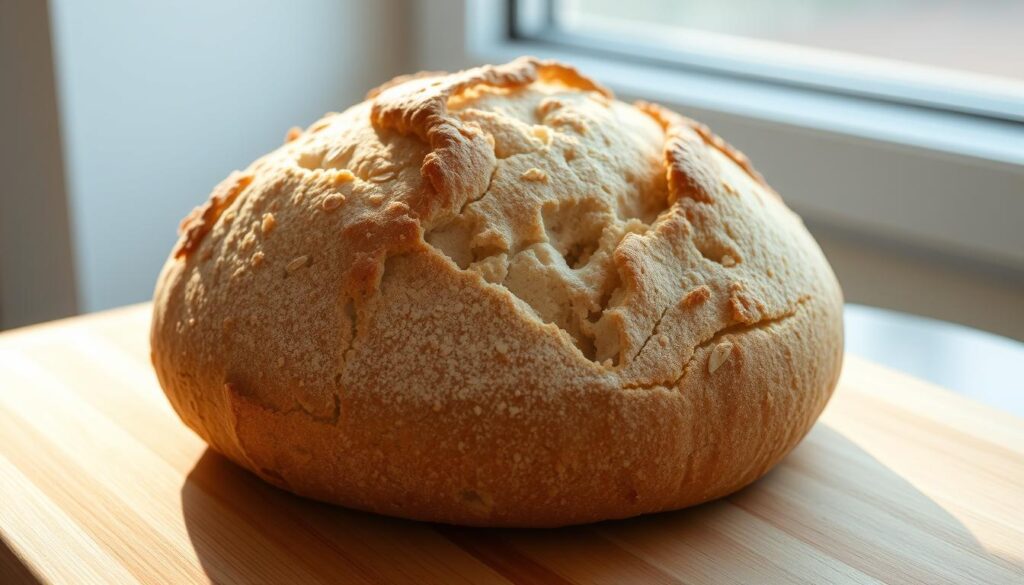
Exploring oat flour bread recipes opens a world of tasty baking. Oat flour adds a special texture and health benefits to your baked goods. It’s perfect for those seeking gluten-free options or new flavors.
Understanding oat flour’s unique properties is key to success. It makes bread tender and moist, ideal for yeast and quick breads.
Key Techniques for Oat Flour Baking
- Dust your work surface with oat flour when kneading
- Mix oat flour with binding agents like eggs or xanthan gum
- Adjust liquid content to maintain proper moisture
- Use lower baking temperatures to prevent burning
Nutritional Oat Flour Bread Recipe
| Ingredient | Quantity |
|---|---|
| Oat Flour | 2 cups (180g) |
| Ripe Bananas | 3 medium/large (1⅓ cups mashed) |
| Maple Syrup | ¼ cup |
| Almond Butter | ¼ cup |
| Non-Dairy Milk | ¼ cup |
Baking with oat flour needs patience and practice. Try different ratios and techniques to find your perfect oat flour bread recipe. Each batch is a chance to improve and create something unique.
Typical oat flour bread takes about 2 hours and 15 minutes to make. It bakes for 55-65 minutes at 350°F. The result is a nutritious, flavorful bread.
Substituting Oat Flour in Traditional Recipes
Changing your favorite baking recipes with gluten-free options can be fun and a bit tricky. Oat flour is a great choice for making your recipes healthier with little effort.
When using oat flour, knowing the right methods is key. A good rule is to replace about 25% of all-purpose flour with oat flour. This keeps the texture right while adding health benefits.
Conversion Guidelines
For successful oat flour substitution, consider these important points:
- Measure precisely: Oat flour weighs 120 grams per cup
- Adjust liquid content: Oat flour absorbs more moisture than wheat flour
- Consider adding a binding agent like xanthan gum for better structure
Common Pitfalls to Avoid
There are some challenges to watch out for when using oat flour:
- Texture differences: Expect slightly denser baked goods
- Potential need for additional leavening agents
- Reduced rising capacity compared to wheat flour
Pro tip: Let batters with oat flour rest for 10 minutes before baking. This simple step can greatly improve your gluten-free baking results.
Vegan and Dairy-Free Oat Flour Creations
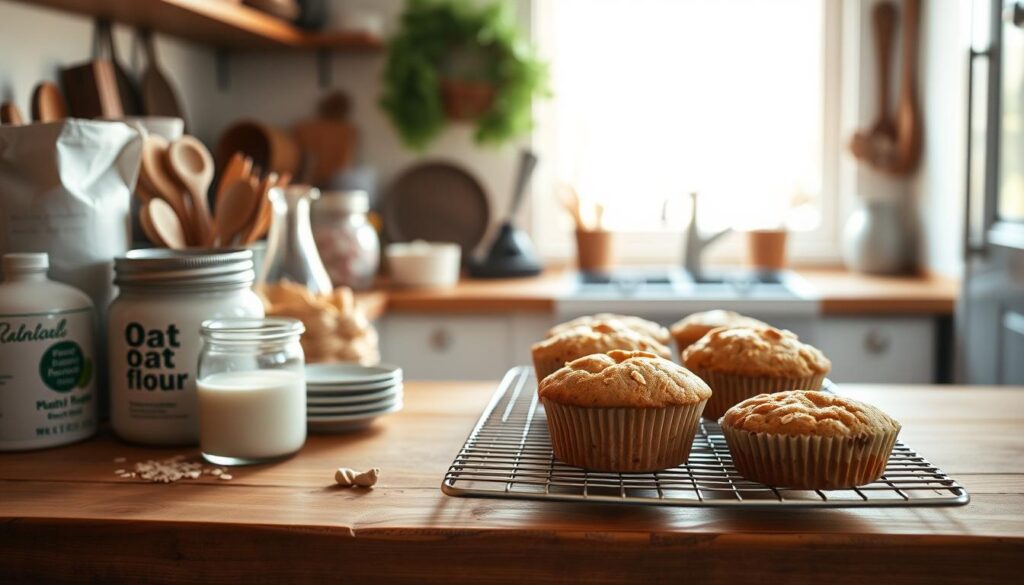
Exploring vegan recipes with oat flour opens a world of tasty gluten-free baking. You can turn traditional baked goods into plant-based treats that are healthy and tasty. The key to great vegan baking is finding creative ways to replace ingredients without losing flavor or texture.
When making vegan oat flour recipes, remember these key ingredient swaps:
- Replace eggs with ¼ cup unsweetened applesauce
- Use plant-based yogurt for moisture
- Swap dairy milk with almond or oat milk
- Choose dairy-free chocolate chips
Vegan chocolate chip cookies made with oat flour are a game-changer in gluten-free baking. They need just a few ingredients and taste amazing. Pro tip: Use organic sugar like Florida Crystals to keep the recipe vegan.
Nutritional highlights of vegan oat flour treats include:
- 8 grams of protein per serving
- 241 calories per muffin
- 34 grams of carbohydrates
- 9 grams of total fat
Storing these tasty vegan treats is easy. Muffins stay fresh for 3 days at room temperature or up to 2 months in the freezer. Cookies stay fresh for 5 days at room temperature or up to 3 months in the freezer.
Embrace the versatility of oat flour in your vegan baking journey!
Storing and Freezing Oat Flour Baked Goods
Keeping your oat flour cookies and bread fresh is important. Store them in an airtight container at room temperature. This way, oat flour sugar cookies stay good for up to 3 days.
Refrigeration can extend their life to a week. Freezing is even better, lasting up to 3 months. Wrap each cookie in plastic wrap before freezing to avoid freezer burn.
Oat flour bread also needs careful storage. Cool it down completely before storing. Room temperature storage is best for 2-3 days. Refrigeration can keep it fresh for a week.
Freezing requires slicing the bread first. Use parchment paper between slices to prevent sticking. This makes thawing easier.
Proper storage is crucial for keeping your baked goods fresh. Use clean, dry containers and let items cool completely before sealing. Moisture can ruin freshness, so make sure your containers are airtight. This way, your treats will taste as great as when they were first baked.

